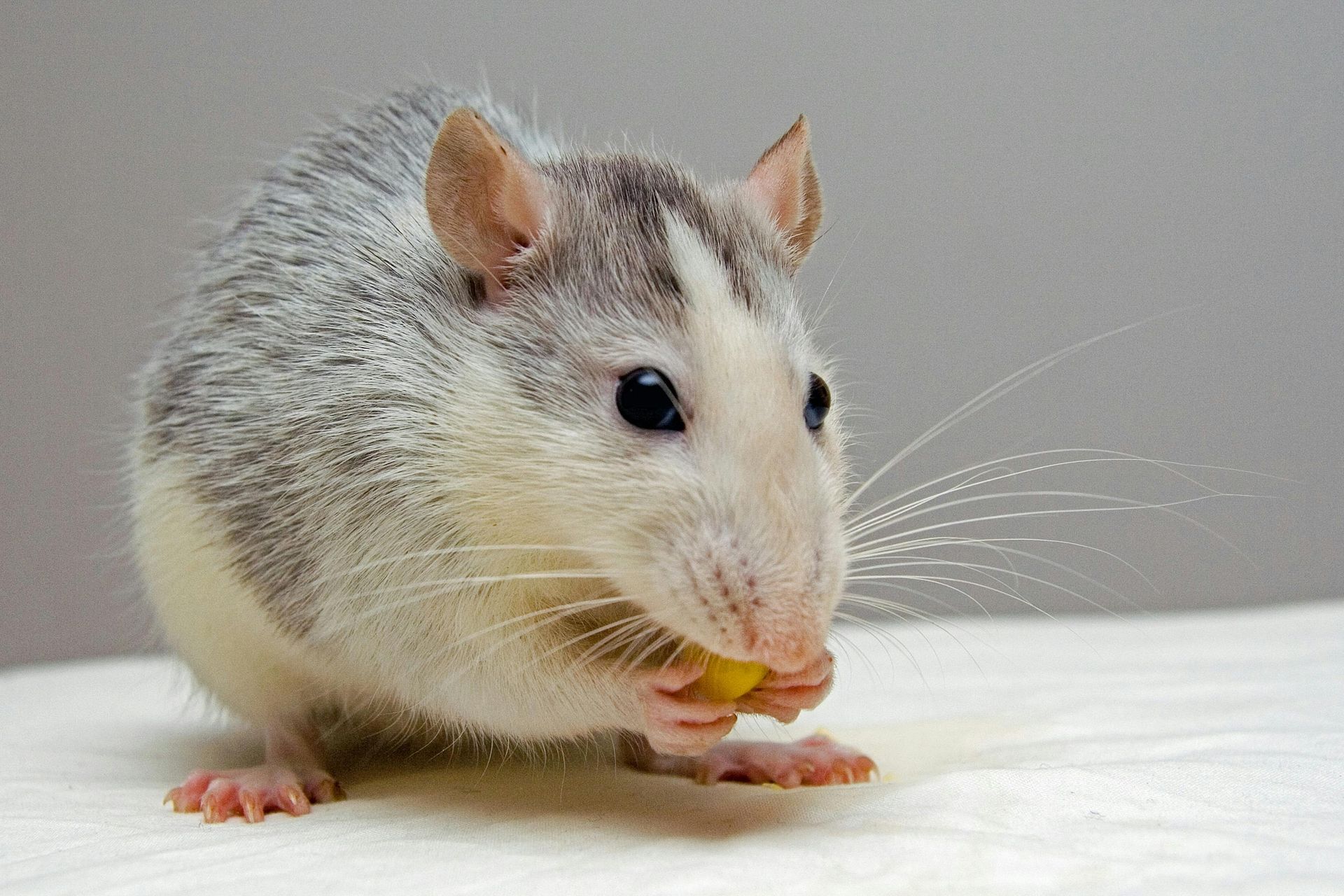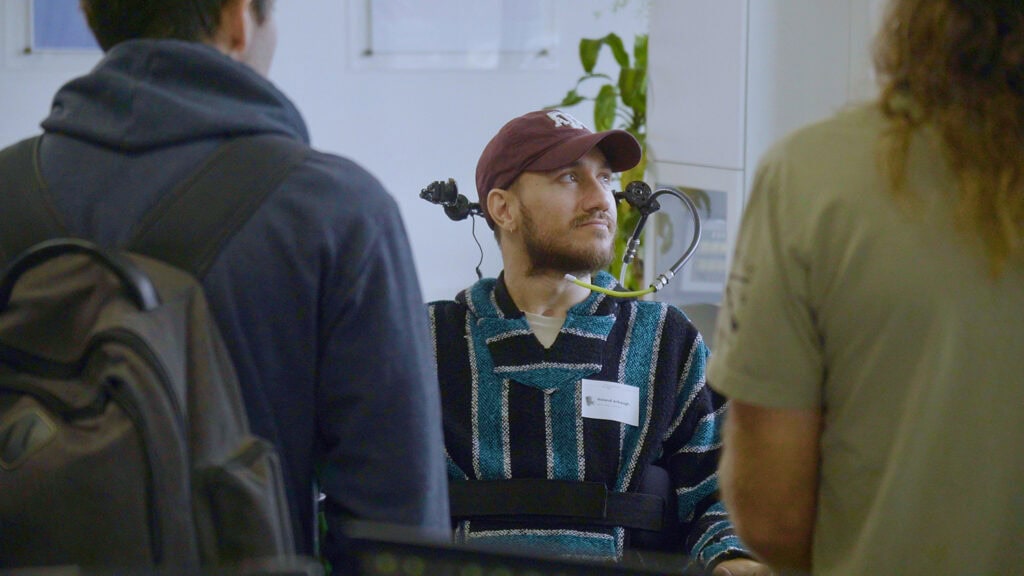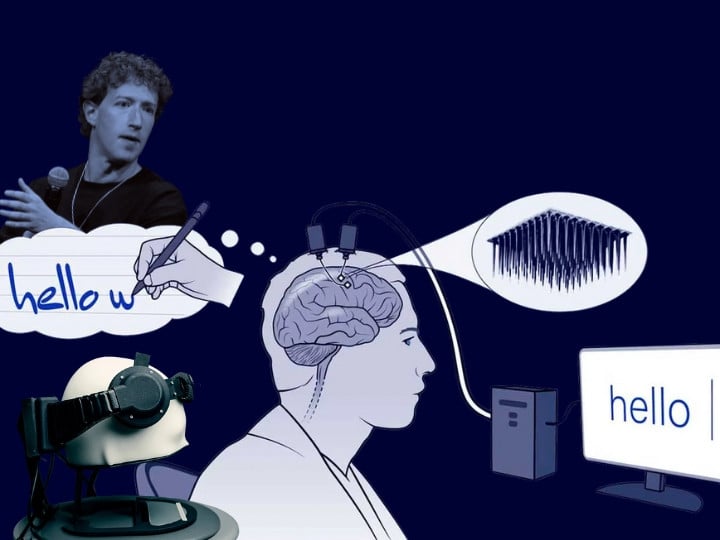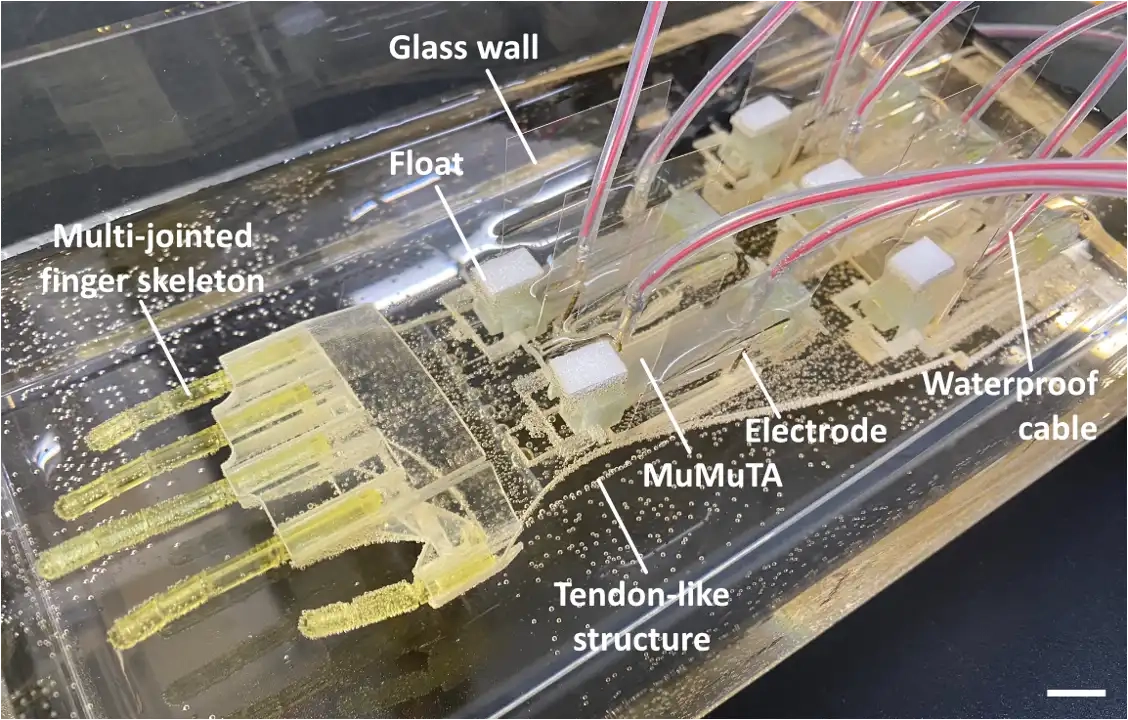Scientists Create a Mouse from Two Fathers
In a groundbreaking experiment, Chinese scientists have successfully developed a mouse with two biological fathers. This research marks a major advancement in genetic engineering by overcoming imprinting—a genetic mechanism that usually prevents offspring from being born to same-sex parents. Through precise DNA modifications, the team enabled the mouse to reach adulthood, paving the way for future developments in reproductive biology.
Overcoming Genetic Imprinting
Imprinting is a process in which the activation of certain genes depends on whether they are inherited from the mother or the father. In previous experiments, attempts to create offspring from two male mice failed due to severe developmental defects. The new approach involved 20 specific genetic modifications to embryonic stem cells, correcting imprinting issues and allowing the embryo to develop normally.
Earlier, Japanese researchers had used a different method, turning skin cells from male mice into egg cells. These artificial eggs were fertilized with sperm, resulting in limited offspring. The Chinese team, however, took a more direct approach by modifying genetic markers that regulate imprinting, ensuring a successful development process.
The Experiment and Its Challenges
The process began by extracting DNA from an immature egg cell and combining it with sperm, creating unique embryonic stem cells. These cells were then injected into a second egg cell alongside another sperm sample, forming a viable embryo.
Researchers initially modified only seven genetic sites, but the offspring suffered from major defects such as enlarged organs and developmental disorders, leading to early death. By increasing the number of genetic edits to 18, some mice survived but had difficulties feeding. With 19 modifications, placenta development was disrupted, but the problem corrected itself after birth. Finally, the 20th modification resolved placental issues, allowing the mice to reach adulthood.
However, despite reaching maturity, these mice had shorter lifespans than normal and were infertile. In contrast, a previous study by Japanese scientists produced mice with two fathers that remained healthy and capable of reproduction.
Future Applications and Ethical Considerations
Creating offspring from two male parents is significantly more complex than from two female parents. In nature, some species can reproduce without male fertilization through a process called parthenogenesis. Scientists have previously bred mice with two mothers, requiring far fewer genetic modifications than those needed for male-only reproduction.
The research has potential applications in agriculture, where selective breeding techniques could be improved. The team aims to test their method on larger animals such as monkeys, but genetic imprinting mechanisms differ between species, making further research necessary.
Despite these scientific advancements, applying this technology to humans remains ethically and legally restricted. International regulations currently prohibit genetic editing for reproductive purposes, and the use of human-derived gametes from stem cells is not allowed.
Conclusion
The successful creation of a mouse with two biological fathers represents a significant step forward in genetic and reproductive science. While challenges remain, this research could lead to new methods for animal breeding and deepen our understanding of developmental biology. However, its application to humans remains uncertain due to ethical concerns and safety considerations.






